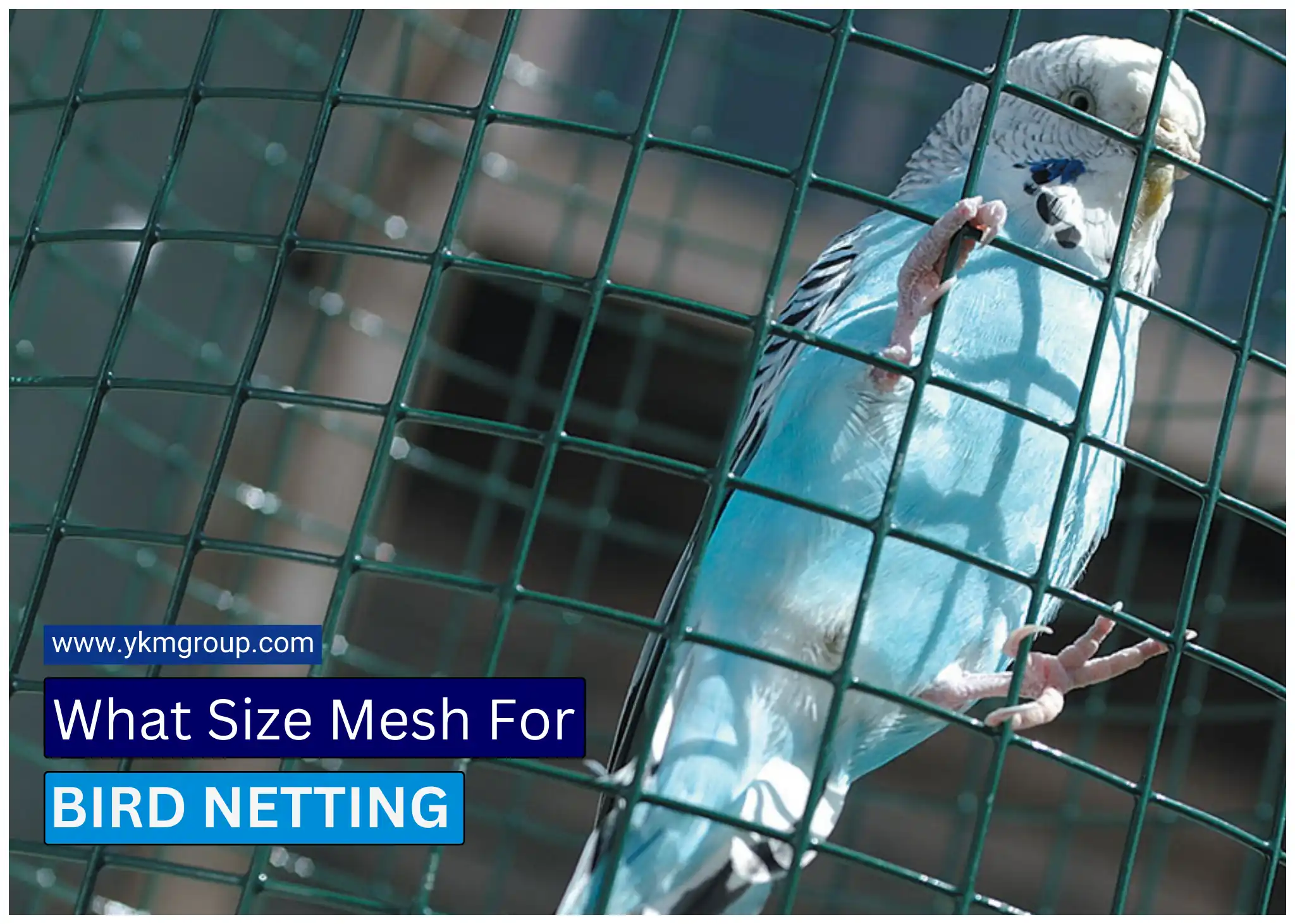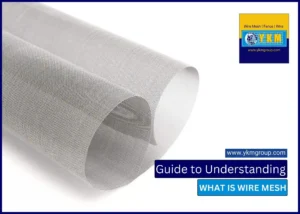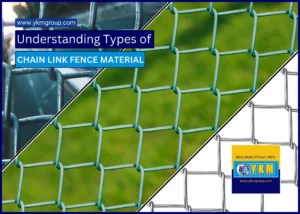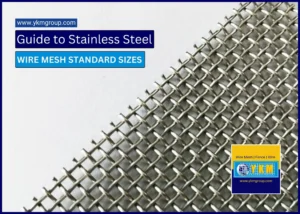Bird netting is an effective solution for protecting crops, gardens, and buildings from bird damage. However, choosing what size mesh for bird netting is crucial to ensure its effectiveness. In this article, we’ll explore the various factors to consider when selecting mesh size for bird netting, common mesh sizes available, and recommendations for different bird species.
Introduction to Bird Netting
Bird netting is a method used to prevent birds from accessing certain areas such as gardens, fruit trees, aquaculture ponds, and building structures. It is made of lightweight, durable materials and is designed to create a barrier that birds cannot penetrate. Understanding the material and what size mesh for bird netting are the most vital elements to be considered.
The commonly used materials for bird netting includes welded mesh wire, chain link fence, chicken mesh.
ما حجم شبكة لشباك الطيور
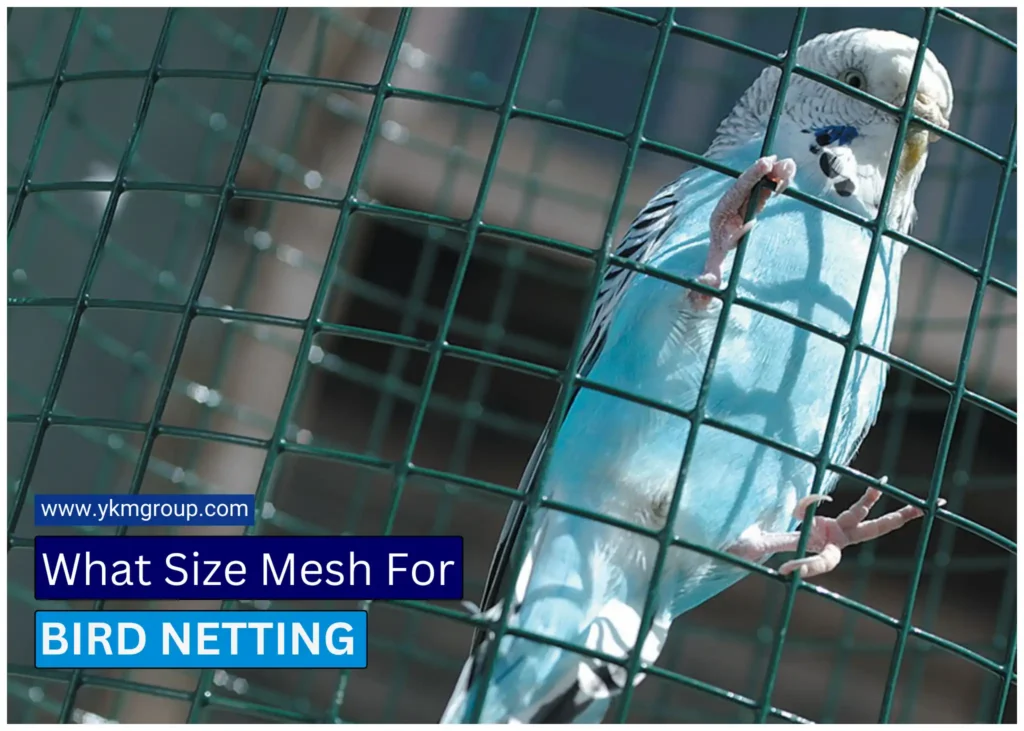
1/2 inch Mesh
Ideal for excluding smaller birds such as sparrows and finches.
3/4 inch Mesh
Ideal for protecting small fruits, berries, and seedlings from small birds such as sparrows and finches.
1 inch Mesh
Suitable for medium-sized plants and crops, providing protection against a wider range of bird species including pigeons and starlings.
2 inch Mesh
Ideal for protecting small fruits, berries, and seedlings from small birds such as sparrows and finches.
Understanding Mesh Size
Definition of Mesh Size
Mesh size refers to the distance between individual strands or openings in the netting material.
Measurement Units Used
Mesh size is typically measured in inches or millimeters, indicating the size of the openings in the netting.
Factors to Consider When Selecting Mesh Size
Bird Species
Different bird species vary in size, with some being smaller and more agile than others. Consider the types of birds prevalent in your area and the ones causing the most damage and choose what size mesh for bird netting is best for it. Smaller mesh sizes are effective against sparrows, finches, and other small birds, while larger mesh may be necessary to deter larger species like pigeons or crows.
Crop or Property Size
The size of your crops or plants also plays a significant role in determining the ideal mesh size. For smaller plants or seedlings, a finer mesh size is essential to prevent birds from reaching through the netting and causing damage. Conversely, larger plants may require a larger mesh size to accommodate their size while still providing adequate protection.
Desired Level of Protection
Consider the level of protection you need for your crops or property. If you’re dealing with a severe bird infestation or have valuable crops that require maximum protection, opting for a smaller mesh size provides a higher level of security. However, if bird activity is minimal or you’re using netting for decorative purposes, a larger mesh size may suffice.
Durability and Longevity
Choose a mesh size that balances protection with durability. While finer mesh may offer better protection against smaller birds, it may also be more prone to tearing or damage over time.
Recommended Mesh Sizes for Different Bird Species
Small Birds (Sparrows, Finches)
For smaller birds, a mesh size of 0.5 inches or smaller is recommended. This size prevents tiny birds from accessing crops or gardens.
Medium Birds (Pigeons, Starlings)
Medium-sized birds may require a slightly larger mesh size, typically ranging from 0.75 to 1 inch. This size effectively deters pigeons, starlings, and similar-sized birds.
Large Birds (Seagulls, Crows)
To deter larger birds like seagulls and crows, opt for a mesh size of 1 inch or larger. This size provides adequate protection against larger avian pests.
Mesh Size Considerations for Specific Applications
Gardens and Crops
Smaller mesh sizes are preferred to protect delicate crops from birds.
Aquaculture
Mesh size should be large enough to prevent bird access while allowing easy drainage and water circulation.
Building Structures
Consider the architectural design and size of openings when selecting mesh size for building protection.
Importance of Choosing What size mesh for bird netting
The choice of what size mesh for bird netting is based on the type and size of birds it can effectively deter. Smaller mesh sizes are suitable for preventing smaller birds such as sparrows and finches from accessing crops, while larger mesh sizes may be required to deter larger birds like pigeons or seagulls.
Benefits of Using the Right Mesh Size
Choosing the appropriate mesh size ensures effective bird control while minimizing the risk of entanglement or harm to birds.
استنتاج
Understanding and choosing what size mesh for bird netting is essential for effectively protecting your crops, gardens, and property from avian pests. Consider the specific bird species, area size, desired level of protection, and durability when selecting the appropriate mesh size. By understanding these factors, you can ensure maximum effectiveness and longevity of your bird netting solution.
FAQs (Frequently Asked Questions)
Using the wrong mesh size can result in birds accessing protected areas, leading to crop damage or nesting in buildings.
Yes, smaller mesh sizes may restrict airflow and sunlight penetration, which can impact plant growth and ventilation in enclosed spaces.
Regular inspections are recommended to identify any damage or wear and ensure the continued effectiveness of the netting.
Yes, bird netting is commonly used in commercial agriculture to protect crops from bird damage.
